
The First Colorado Cycling Summit
Cycling Season is here, and so is a long list of epic rides throughout the state and surrounding states. Are you ready? Join Avid Cyclist, and other co-hosts for the
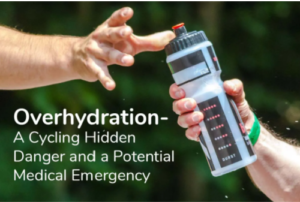
Christopher Schwenker, The Zommunique — May 19, 2022
Drinking during endurance exercise seems like a no-brainer. We know we have to drink—we’ve had it drilled into our heads from the start. Talk of the health and performance benefits of the proper hydration balance are all around us.
Despite the advice of coaches and cycling friends and the abundant media sources agonizing over the topic, finding the balance is hit or miss for some. We know we have to drink, but few of us know how much is optimal, how to find out, or why.
What’s more, even fewer are aware of the dangers associated with improper hydration practices. Sure, if we don’t drink enough, we may become dehydrated. The research is conflicting regarding performance-limiting factors, but excessive dehydration can become a severe health issue.
Little known among the cycling community are the risks of overhydration. The excessive consumption and retention of dilute fluids have dire consequences. Overhydration is a potentially life-threatening hidden risk to endurance athletes.
Either way you turn, there is no getting away from the fact that a solid hydration strategy is essential. When you’ve come to that fork in the road, the divergent paths of hydration primarily lead to two places— Drinking when thirsty and Individualized Planned Drinking.
Thirst vs. Drinking
For the average cyclist, thirst and drinking may sound the same. However, the distinction is significant and points to the complexity.
Thirst is the act of seeking and consuming water and is measured using a subjective rating scale. Drinking is a behavior whereby fluid selection is influenced by preferences, like ingredients, calorie content, temperature, taste, and consumed fluid volume is how it is measured.
Our body properly regulates total water volume and blood concentration within 1-3% from one day to the next during regular activity. A choreographed interplay between the perception of thirst, drinking behaviors, and physiological responses keeps our fluid-electrolyte balance right where we want it to be.
However, during prolonged exercise performance, the relationship is distorted. Substantial water and sodium losses in sweat, blood volume decreases, and fluid transfer in and out of our cells complicate the issue. It becomes more than an issue of drink when you are thirsty, for some, that is!
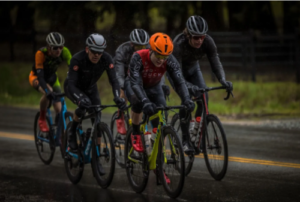
The inner desire to consume water, the perception of thirst, is influenced by many factors. Thirst is merely one of the multiple conscious perceptions and subconscious nervous system responses that continually evolve during dehydration and rehydration that drive drinking behavior.
Dehydration concentrates the fluid surrounding our cells and is considered the primary factor governing thirst. Unfortunately, data shows that the threshold for thirst perception is not uniform. The level of dehydration and fluid concentration that prompts drinking during exercise differs significantly between athletes.
Other factors, like dehydration of our cells, decreased blood volume and pressure, and mouth dryness, also contributes.
Personal beliefs and trial and error can guide recreational athletes’ drinking behavior. Based on past history of what works and what doesn’t through recommendations from friends and fitness professionals. The claims of sports drink companies, as well.
Competitive seasoned athletes look to social media, print magazines, scientific journals, nutritionists, and fitness professionals as reliable sources of hydration information.
The unique nature of competitive events also influences drinking. No cyclist likes to drink when the pace is high, and losing focus could be the difference between selection and getting spit out the back. Runners can only take on water at aid stations, and triathletes can’t drink when they swim.

The act of consuming fluid only when an athlete senses thirst is the hydration strategy known as Drinking When Thirsty.
Prolonged endurance exercise challenges thirst and drinking to maintain an athlete’s safe fluid-electrolyte balance. Sizable sweat losses of water and sodium throw off our blood concentration and deplete plasma volume.
Despite this, many athletes find themselves in a state of voluntary dehydration when the perception of thirst doesn’t sufficiently maintain fluid intake matching dehydration.
Post-event ratings of thirst have found an insignificant correlation with total fluid intake—a measure of drinking behavior. In addition to changes in body mass and body water balance, the difference between consumed fluid and the volume of fluid lost.
Moreover, sensory signals like rapid swallowing and moisture in our mouths limit fluid intake by sending signals that we are satisfied to our brain, even if it’s a small amount. In short, the intensity of thirst does not represent the degree of dehydration of the volume of fluid consumed in most cases.
Individualized Planned Drinking is an athlete’s predetermined strategy of fluid consumption determined through sweat rate measurement. The American College of Sports Medicine recommends this strategy that appeals to athletes who prefer a data-oriented approach.
The systematic plan eliminates much of the guesswork based on an objective sweat rate measurement. Once sweat rate is determined, the athlete designs a customized hydration plan, careful to intake less fluid than they lose to avoid overhydration and weight gain.
You can calculate your sweat rate by following these steps:
For example, you ride indoors for 1.5 hours after determining that your pre-ride weight was 140 lbs. You weigh 139. 5 pounds after the ride. You lost 1/2 pound during your ride.
If we also assume that this athlete monitors the conditions in his indoor space and attempts to train under a normalized set of conditions, the rate of fluid loss will be similar. Calculate a different value for varied exercise intensities, which I recommend breaking down to low, moderate, and high for simplification. The values you calculate are approximate and used as a guide.
The interplay between thirst and drinking is complex. The balance between dehydration and overhydration is a challenge with potentially disastrous consequences. However, by taking a systematic approach to your hydration, you will eliminate the guesswork.

Cycling Season is here, and so is a long list of epic rides throughout the state and surrounding states. Are you ready? Join Avid Cyclist, and other co-hosts for the
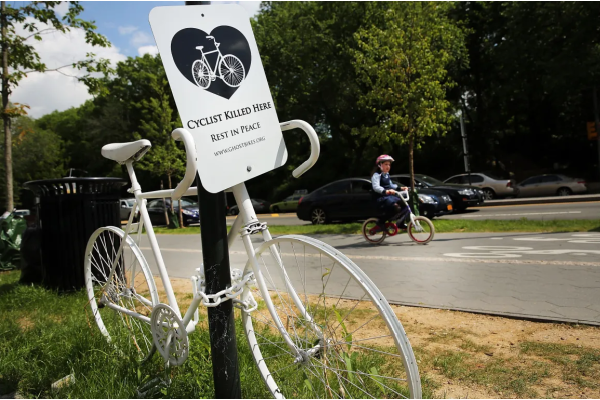
By: Brad Tucker I have been practicing law for over thirty-five years, the majority of which has included representing bicyclists who have been hit by drivers who disregarded the safety
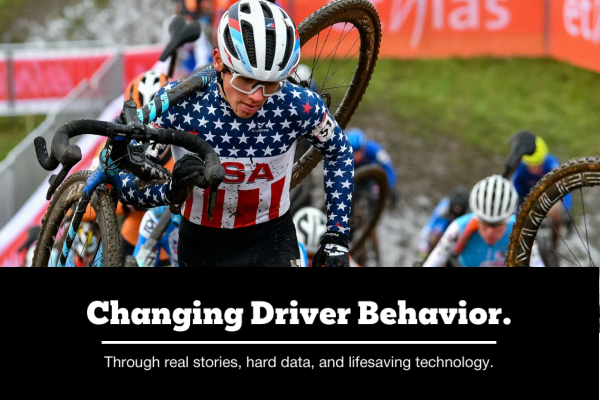
April 8, 2025 Propelled by the powerful stories of victim families, SB25-281 includes new mandatory chemical testing clause BOULDER, CO /ENDURANCE SPORTSWIRE/ – The White Line, founded in memory of 17-year-old
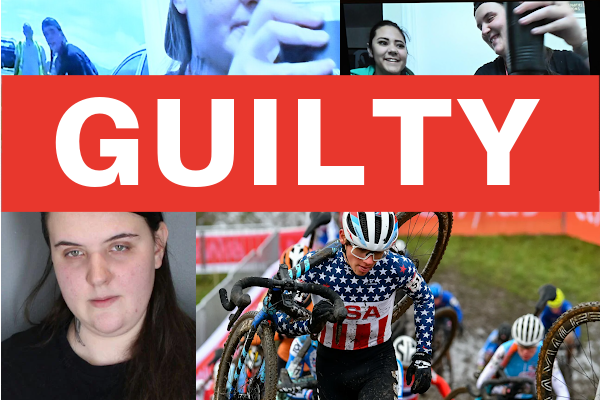
Boulder, Colorado- After a week long trial, late Friday evening, a Boulder County jury found Yeva Smilianska guilty of Vehicular Homicide-Reckless Driving in the death of Magnus White. The jury,
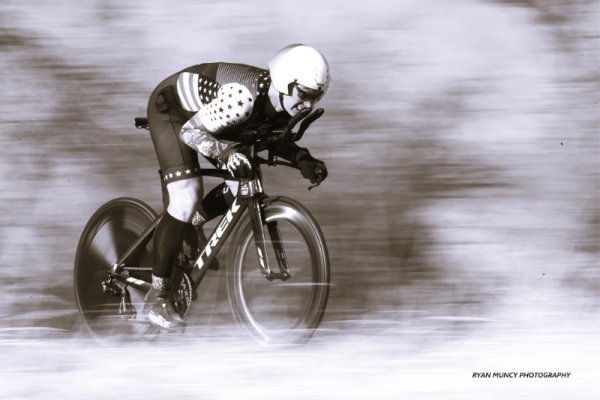
The 2025 Karen Hornbostel Memorial Time Trial Series p/b Cobras Cycling Team has entered its second week! Ryan Muncy of Ryan Muncy Photography was there to capture images of a chilly afternoon. Make
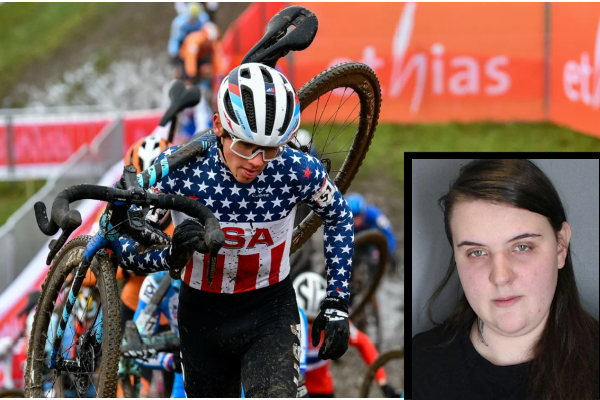
By: Gary Robinson, Avid Cyclist Jury selection began Monday morning for the suspect driver accused of striking and killing Colorado teen cyclist Magnus White near his home in Boulder. Yeva